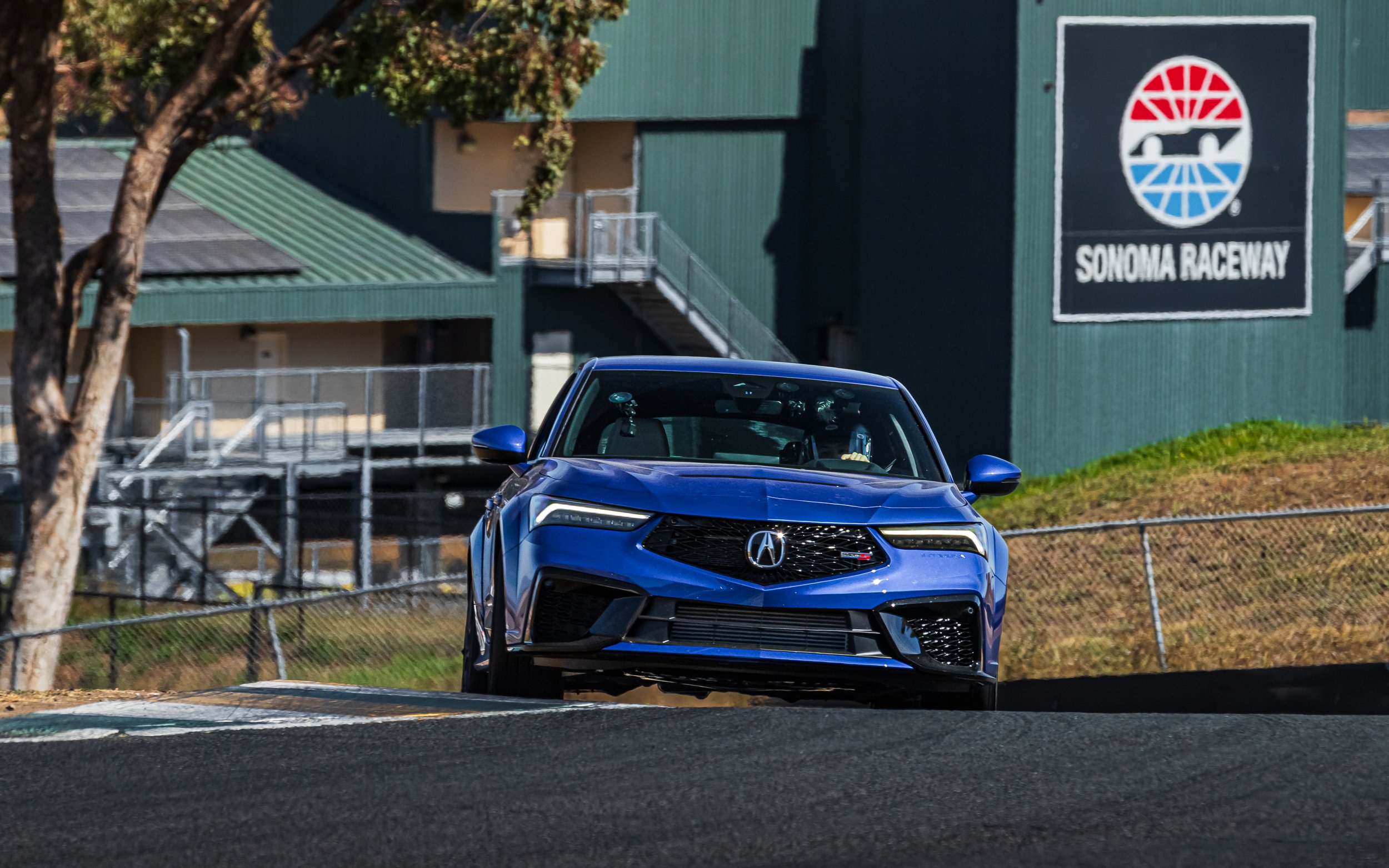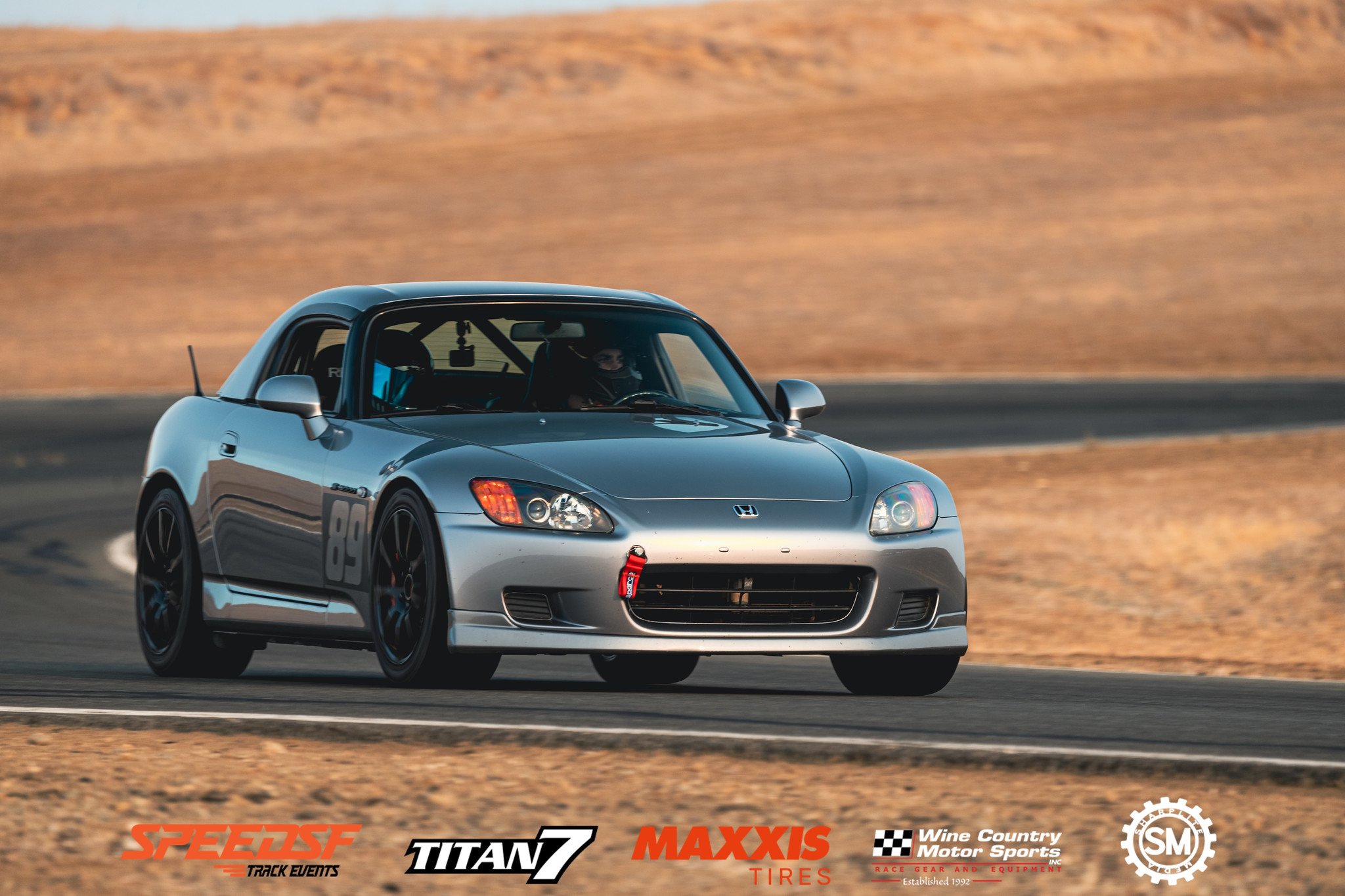
SpeedSF Blog
Every Build Has a Story – Meet the Cars of SpeedSF

Tony’s S2000: In the Right Circles
Built from the ground up, this R-Crew-tuned Honda S2000’s strong points are its suspension, its brakes, and its chassis. Meager power doesn’t mean much to Tony Altwer, who knows that optimizing this car’s strengths matter far more than improving straightline speed.

Fenton's Integra Type S: A Change of Heart
While he was on the fence for a while with Acura’s bigger, boatier Integra, the Type S had enough of the right stuff to convince him to try this front-wheel drive super sedan.

Alex's AP1 S2000: Earning His Spurs
Tempted to try something livelier than his DC1, Alex bought himself an AP1 S2000 a few years back and learned how lively it really was. He chose his modifications with the aim of making it reliable and predictable, and in doing so, built a foundation upon which he could learn his craft.

James Snell's Supercharged S2000: Bold is Better
Not only did James Snell build himself into a handy driver in just a few years, he made this car—now supercharged—one of the cleanest all-round S2000 track toys in the SoCal scene.

Jake's S2000: Balance and the Best of All Worlds
Jake learned that he really can have it all with his AP1 S2000. Basic but capable, this particular car has just what’s needed and nothing more to make it unreliable. Plus, it looks better than most with a distinct coat of Porsche Chalk.

A Letter to Our Open-Top Drivers: Is a Rollbar Necessary?
Though not every factory convertible requires additional roll protection to run a lapping event, there are some that do. In either event, the addition of the right rollbar has a few performance gains that the daring driver will appreciate.

Seigo Ma's S2000: Grip and Reassurance
Aiming for a place at the sharp end of S3, Seigo Ma turned this S2000 into a predictable, reassuring machine he could lean on without fear. With a lot of aero grip, the S2000 is sticky enough to chase down cars twice as grunty.

SPEEDSF CHALLENGE - JUNE 16, 2019 - ROUND 6 @ WEATHERTECH RACEWAY LAGUNA SECA
This was a great day out for all of our drivers. The S2000’s dominance was displayed once again in classes S2-S4 with Gary Y, Gary W, and Sohan “Gary X” Kota respectively leading the way in showing the S2000 prowess.
Excellent job to our who won their places and THANK YOU to everyone who participated in the SpeedSF Challenge! For those who are still chasing podium finishes, more seat time, coaching, and watching videos of the track will certainly get you there!
